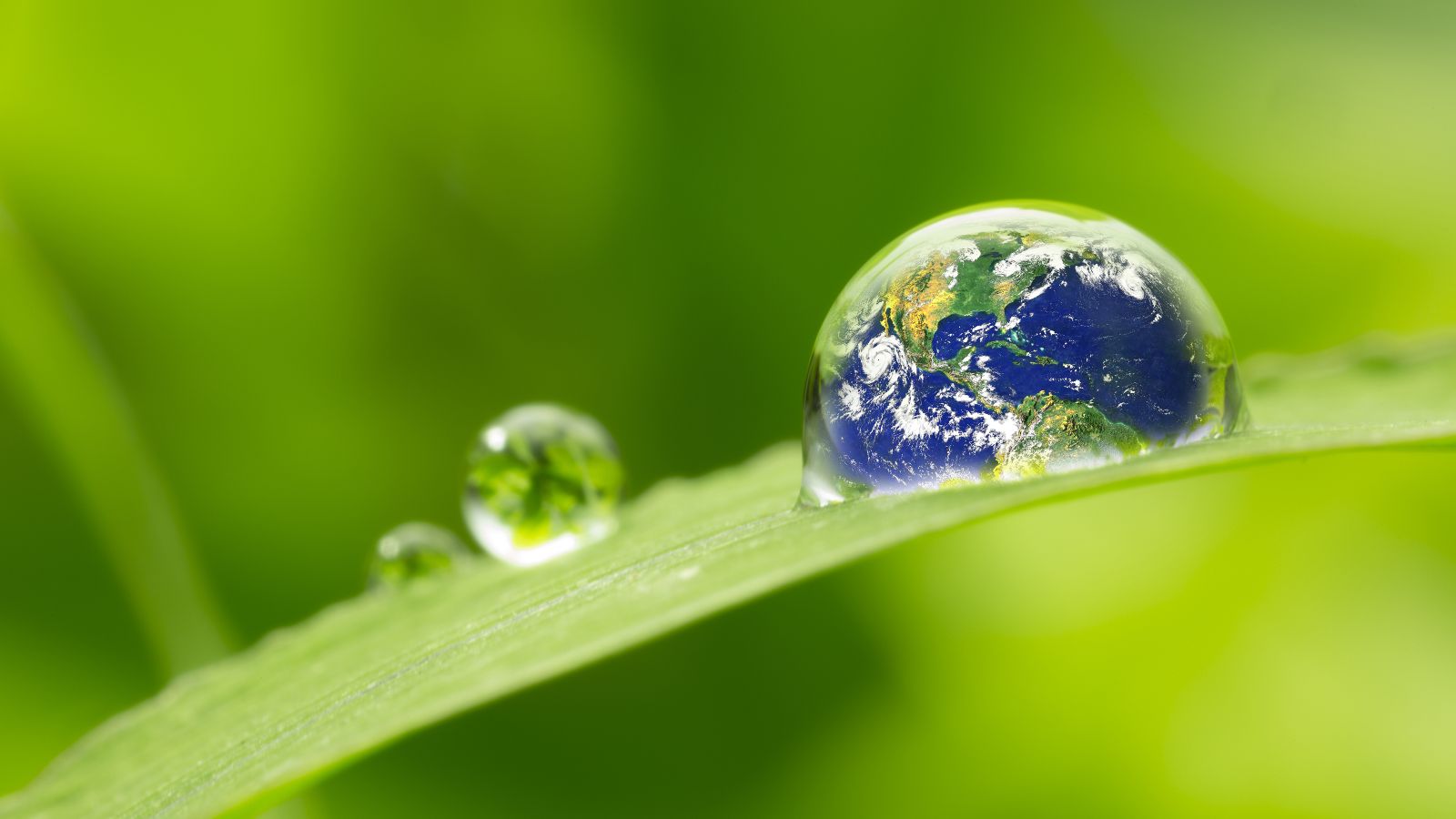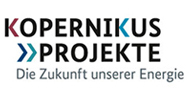Hydrogen research
Kopernikus Projects in the Context of Germany’s National Hydrogen Strategy
In June 2020, the German Federal Government adopted the National Hydrogen Strategy. Its goal is to significantly strengthen hydrogen research in Germany. In addition, three Hydrogen Flagship Projects aim to overcome remaining barriers to establishing a functioning hydrogen economy. Find out here how the Kopernikus Projects contribute to this national effort.

Green hydrogen is key to achieving the targets of the Paris Climate Agreement. With its help, it will be possible to make Germany’s main sources of greenhouse gases climate-friendly, while at the same time bolstering Germany as a centre of technology. The reasons for this are as follows:
- Green hydrogen can be used as fuel for cars. Together with carbon monoxide, it can be converted into climate-friendly fuels to power trucks, ships, and airplanes.
- Green hydrogen can fuel industrial furnaces. It can also heat buildings using fuel cells. Alternatively, it can be used together with carbon dioxide to produce methane, which can act as a heating gas in private households and industry.
- Along with carbon dioxide, green hydrogen is a component in polymers, which are in high demand in the chemical industry. For example, they can be used to manufacture products for the plastics sector.
- Green hydrogen can be converted into electricity to offset fluctuations in the power grid.
Grey hydrogen is obtained from fossil fuels. To produce it, generally natural gas is heated to separate it into hydrogen and CO2. The CO2 is then released unused into the atmosphere, thus contributing to the greenhouse effect. Producing one tonne of hydrogen generates around 10 tonnes of CO2.
Blue hydrogen is grey hydrogen, but the CO2 produced from it is captured and stored (in a process called carbon capture and storage, or CCS). This means that the CO2 generated during blue hydrogen production does not enter the atmosphere and the production process can be viewed as CO2-neutral on balance.
Green hydrogen is produced by electrolysis of water, using electricity from renewable energy sources only for the electrolysis process. Regardless of the electrolysis technology that is chosen, the production of green hydrogen is CO2-free, because 100 % of the electricity that is used comes from renewable sources and is therefore CO2-free.
Turquoise hydrogen is hydrogen that is produced by thermal decomposition of methane (methane pyrolysis). Instead of CO2, this produces solid carbon. For the process to be CO2-neutral, the heat supply of the high-temperature reactor used must come from renewable energy sources and the carbon bond formed must be permanent.
Hydrogen research in the Kopernikus projects
In order to make green hydrogen marketable and enable it to be produced, transported, and used on an industrial scale, the German Federal Government has adopted a national hydrogen strategy. This will substantially bolster hydrogen research.
The Kopernikus projects have also been researching hydrogen since 2016. In particular, the Kopernikus project P2X addresses the topics of hydrogen generation, transport, and usage. In its second funding phase (2019–2021), the project team is researching the following questions:
- How can green hydrogen be obtained using renewable energy in the most efficient way possible?
- How can green hydrogen be stored and transported as efficiently as possible?
- How can green hydrogen be used as a raw material for the chemical and cosmetics industries?
- How can green hydrogen be used to operate industrial furnaces?
- What might cost-efficient hydrogen filling stations look like?
- How can green hydrogen be used for the production of climate-friendly fuels for cars and airplanes?
- Hydrogen is also a focus for the Rheticus project, a spin-off from P2X that studies how CO2 can be used as a raw material instead of releasing it into the atmosphere as a pollutant. To this end, the project turns CO2, water, and renewable energy into a mixture of green hydrogen and carbon monoxide (syngas), which bacteria then convert into alcohols. These alcohols can be used to produce plastics, food, and fuels.
In addition, the Kopernikus project ENSURE studies how hydrogen can be integrated into the power grid of the future.
The Kopernikus project SynErgie analyses the role that hydrogen plays in flexible industrial processes.
Further Research Projects on Hydrogen
In addition to the Kopernikus Projects, the German Federal Ministry of Research, Technology and Space (German abbreviation: BMFTR) funds a wide range of other research initiatives related to hydrogen. Among the most prominent are the Hydrogen Flagship Projects, which aim to lay the groundwork for Germany's entry into a hydrogen economy by 2025. These projects seek to bring water electrolysers into serial production, produce hydrogen directly offshore, and carry out extensive research and development on hydrogen transport technologies.
Another major initiative in the hydrogen field is HC-H2, which is also funded by the BMBF. While its primary focus is on establishing a hydrogen economy in the Rhenish mining district, the insights and outcomes from its demonstration projects are designed to go beyond regional boundaries. The project aims to develop transferable solutions for the whole of Germany – and potentially for international application.
In addition, several dozen Basic Research Projects on hydrogen are underway to help tomorrow’s and the day-after-tomorrow’s hydrogen technologies make the leap from the lab to economic viability. These projects explore fundamental questions of the hydrogen economy and provide the scientific foundations for new products and applications across five key thematic areas.
Given that it is already clear Germany will not be able to meet its future hydrogen demand on its own, the Federal Government is currently preparing strategic energy partnerships – including with countries in Western and Southern Africa, as well as with Australia.


